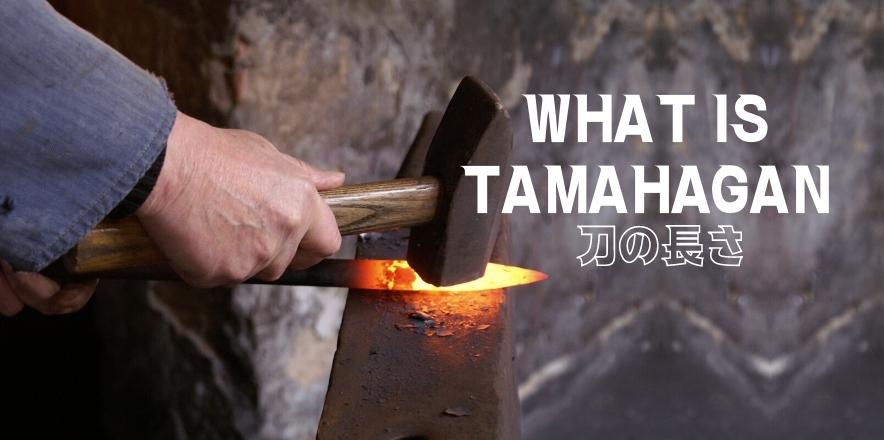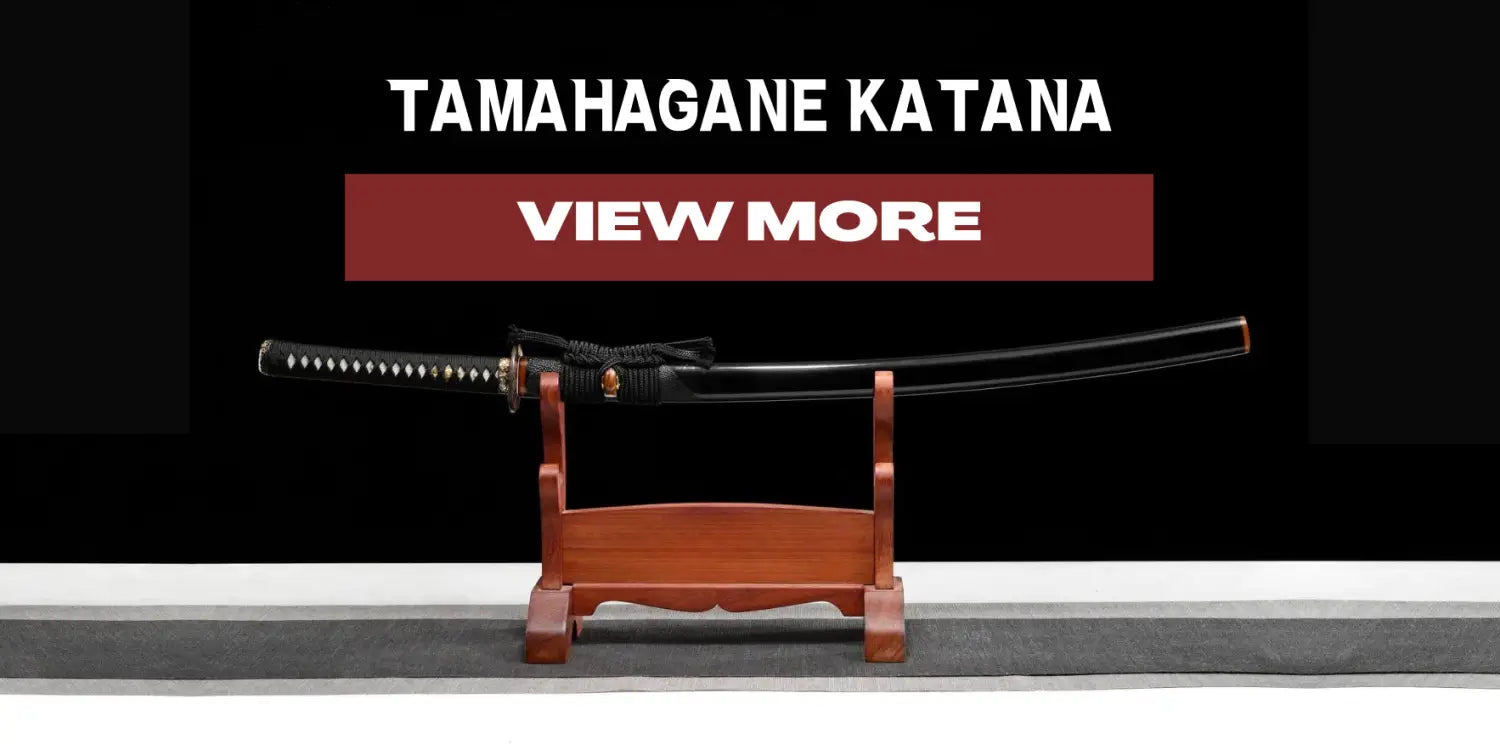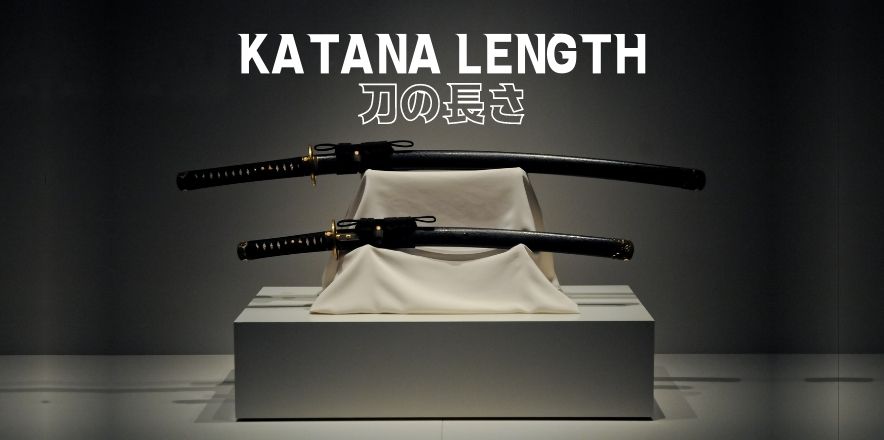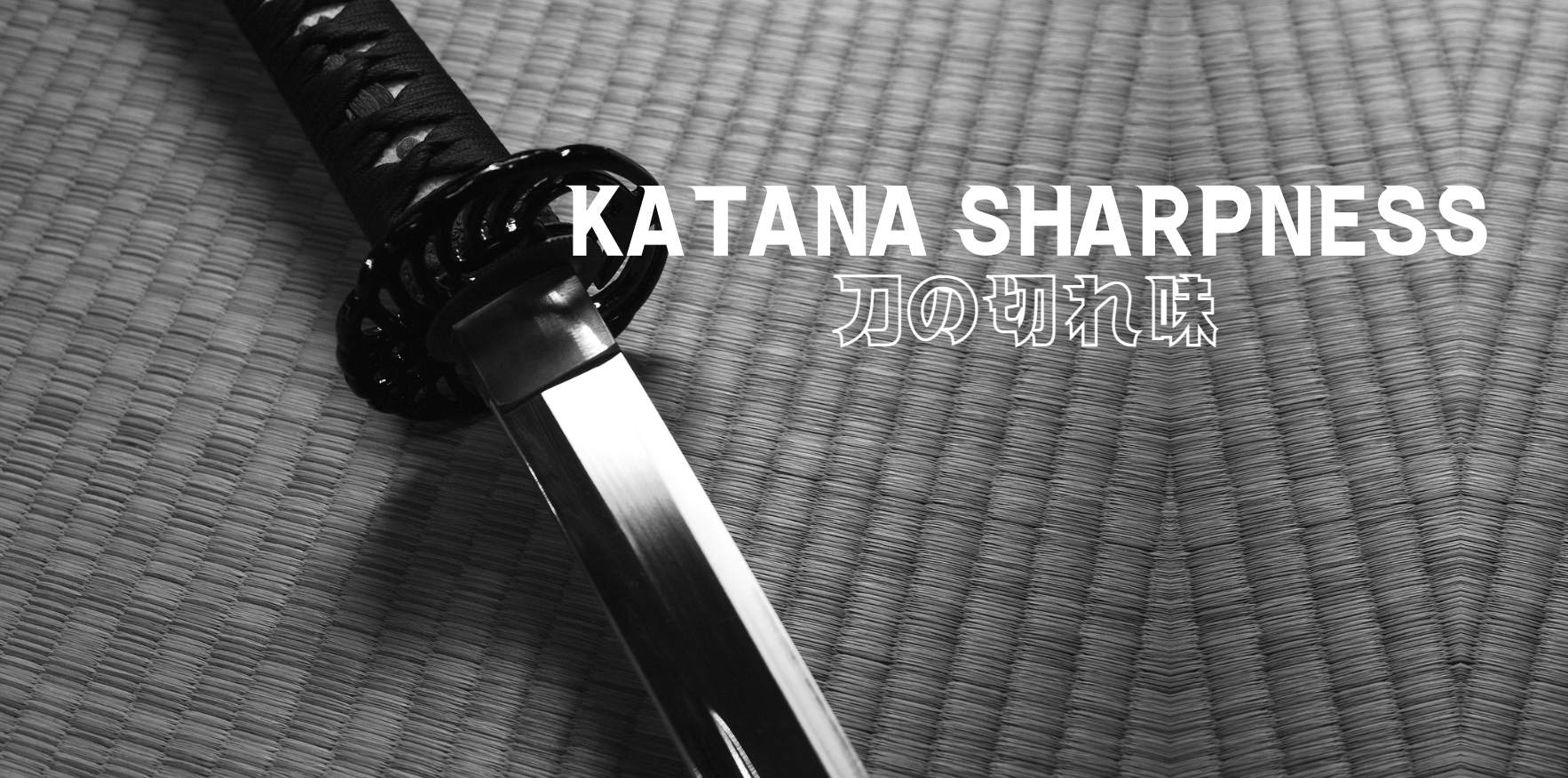What is tamahagane
Tamahagane (玉鋼) is a type of Japanese steel that was traditionally used to make katanas (Japanese swords). It is made from iron sand, which is mined from beaches in Japan. The sand is then smelted in a furnace with charcoal, and the resulting metal is called tamahagane. It is renowned for its strength and durability, making it the ideal material for creating these iconic swords: katanas.
Tamahagane has a very high carbon content, which makes it extremely hard and durable. This made it ideal for use in swords, as they needed to be able to withstand the rigors of combat. However, the high carbon content also made tamahagane very difficult to work with. As a result, only the most skilled blacksmiths were able to forge blades out of this material.
The process of making tamahagane is now a ceremonial one, and the steel is almost no longer used to make swords. However, it is still highly prized by collectors and blacksmiths for its quality and beauty. Tamahagane is truly a unique and special type of steel.

How to make tamahagane
Tamahagane is made from iron sand, which is heated until it becomes liquid and then cooled very slowly so that it forms into a strong and durable metal. Tamahagane can be quite difficult to make, but the results are well worth it: a beautifully crafted sword made from this material can last for centuries.
Here is the process to make tamahagane step by step:
1. Iron sand is collected from a river or beach. The sand should be as fine as possible so that it melts easily.
2. The iron sand is placed in a clay crucible and heated until it becomes liquid.
3. The liquid steel is slowly poured into a mold of the desired shape.
4. The steel is slowly cooled. This can be done by burying the mold in sand or ashes.
5. Once the steel has cooled and hardened, it is removed from the mold and being shaped into your desired form.
Tamahagane is a fascinating material to work with, and the process of making it is well worth the effort for any sword enthusiast to create a unique piece of tamahagane history!
Here is a video showing the full process from ore to finished blade.
How much tamahagane is needed to make a katana
To start, keep in mind that some raw tamahagane will be lost during the forging process, so it is best to start with slightly more than the minimum amount. With that said, let's take a more detailed look at how much tamahagane is needed to make a katana.
To make a katana, you need a minimum of 24 kilograms (about 53 pounds) of raw tamahagane. This is enough to make a sword with a blade length of about 60 centimeters (24 inches).
However, more tamahagane may be needed depending on the desired size and quality of the katana. For example, higher-quality swords may require up to 40 kilograms (about 88 pounds) of raw tamahagane. The amount of tamahagane needed also increases with the length of the desired katana blade, a longer blade will require more metal.
Is tamahagane the best for katana
Tamahagane is considered to be the best quality steel for making katanas, as it is said to produce the sharpest and strongest blades. Tamahagane is made by smelting iron sand in a furnace, and then quenching and tempering the steel to create a harder, stronger metal.
Katanas made from tamahagane are said to be able to withstand more force and wear than those made from other types of steel. Because of its strength and durability, tamahagane is considered the best choice for making katanas.
However, it is also one of the most expensive types of steel, so not all swordsmiths can afford to use it. If you are looking for a high-quality katana, be sure to select katanas made from tamahagane.
Tamahagane vs modern steel
When it comes to swords, there are two main types of steel used: tamahagane and modern steel. Tamahagane is a traditional Japanese steel that has been used for centuries, while modern steel is a more recent development. Each type of steel has its own advantages and disadvantages, so it's important to know the difference between them before you choose a sword.
Tamahagane is made from iron sand that is heated in a furnace until it melts. The molten iron is then poured into molds called tatara, which are made from clay and sand. Once the iron has cooled and solidified, the tatara are broken open and the tamahagane is removed.
Tamahagane is very pure, since the impurities in the iron sand are burned off during the heating process. This makes it ideal for swords, since a sword made from tamahagane will be strong and able to hold an edge. However, tamahagane is also very expensive, so it is not always the best option for everyone.
Modern steel is made from a variety of different metals, including iron, carbon, and other alloying elements. The exact composition of modern steel can vary depending on the manufacturer, but it typically contains around 0.6-1.0% carbon. This makes modern steel more affordable than tamahagane, but it also means that it is not as pure.
Swords made from modern steel will be less likely to chip or break than those made from Japanese tamahagane. However, they will also not be as sharp or as durable, so they may need to be replaced more often.
In the end, the choice between tamahagane and modern steel is a personal one. If you want the best possible sword, then you should choose tamahagane. However, if you're on a budget, or you're looking for a sword that is more durable, then modern steel is the way to go.






